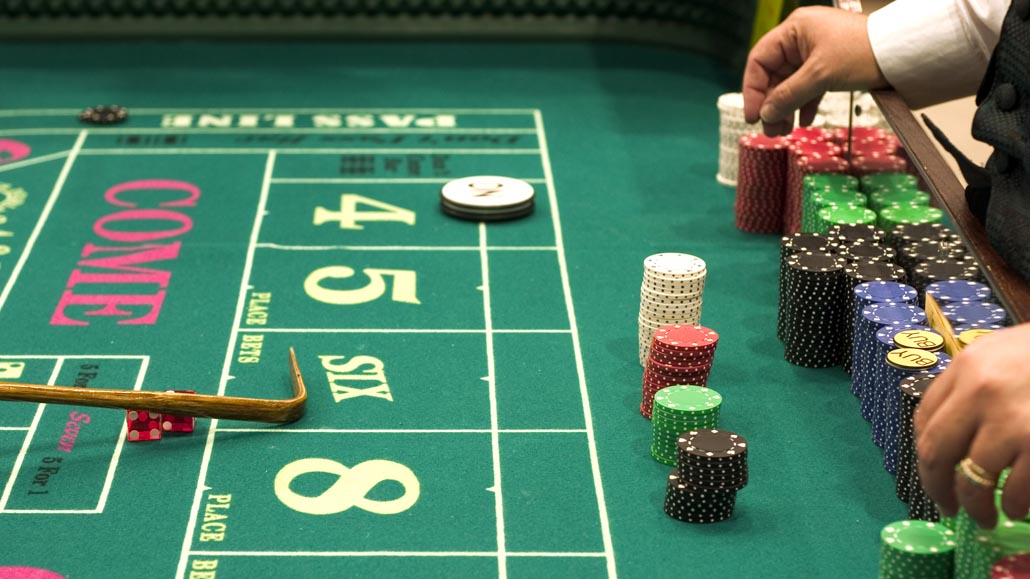Craps
How to play craps ?

Craps is a dice game where players bet on the outcome of the roll or a series of rolls. The player rolling the dice is called the "shooter," and the game starts with a "come-out roll." Players can bet on various outcomes, such as whether the shooter will roll a 7 or 11, or whether certain combinations will appear. The game has complex betting options, but basic bets include Pass Line and Don't Pass Line, which are the most common for beginners.
How to roll craps?

To roll craps, the shooter must first roll a "come-out" roll. If they roll a 7 or 11, they win. If they roll a 2, 3, or 12, it's a "craps" and they lose. Any other number becomes the "point," and the shooter must roll that number again before rolling a 7 to win. Players can place various bets throughout the game, based on different outcomes of the dice rolls.
How to win craps?

To win at craps, you need to place smart bets and understand the basic rules. Start with the "Pass Line" bet on the come-out roll for a chance to win immediately on a 7 or 11. If the point is established, bet on the "Come" line and try to roll the point number again before a 7. Avoid risky bets like "Hardways" or "Proposition" bets, as they have higher house edges.
What are Craps Rules?

In craps, players bet on the outcome of the roll or a series of rolls of two dice. The game starts with the "come-out" roll, where a 7 or 11 wins, and 2, 3, or 12 results in a loss. If a point is established (any other number), the goal is to roll that point number again before a 7 is rolled. Players can place a variety of bets throughout the game, including "Pass Line," "Don't Pass Line," "Come," and "Don't Come."
What are craps strategies and tips?

To improve your chances in craps, focus on low-house-edge bets like the Pass Line, Don't Pass, Come, and Don't Come. Avoid risky Proposition bets, which have higher house edges. Additionally, consider taking odds on the Pass Line or Come bets after a point is established for better payouts. Managing your bankroll wisely and setting win/loss limits are key strategies for long-term success.